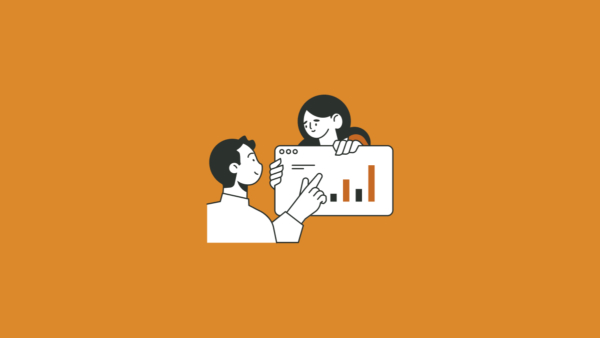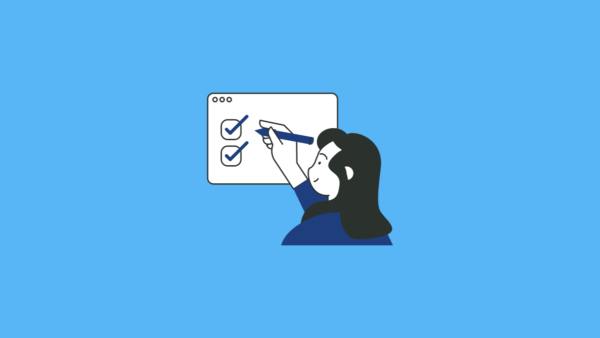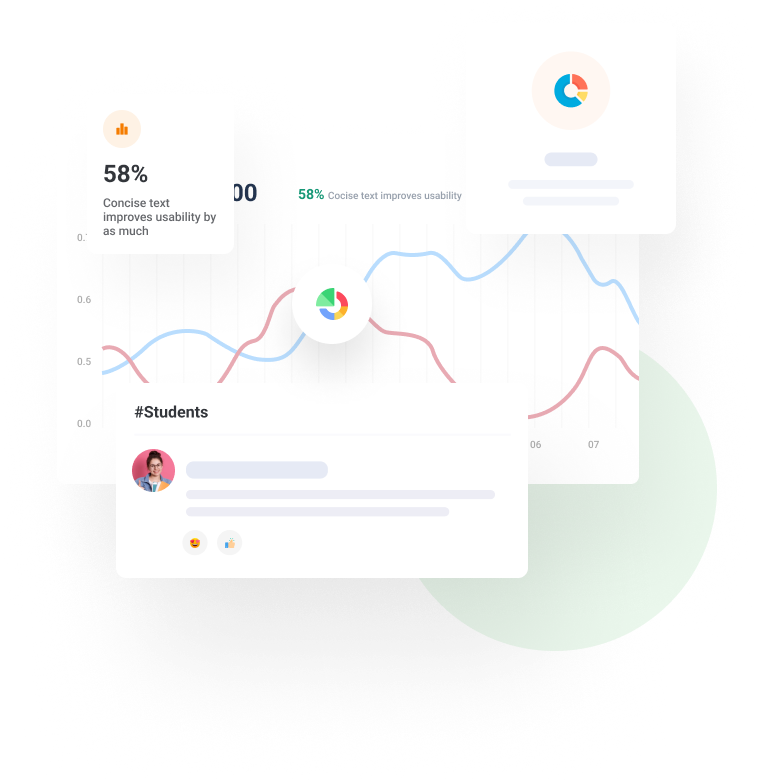Reading Apprenticeship Framework for STEM
It might not be the first skill set that comes to mind in STEM education, but reading comprehension is critical for student success in everything from math to coding to engineering.
Why?
Simply put, STEM is a very difficult set of subjects to learn. Take math. There are a lot of equations and they build on each other. If you don’t understand the first equations, it will become very difficult to solve more applied questions later.
To meet these challenges, I’ve adopted an innovative approach to reading comprehension, called the Reading Apprenticeship. Originally geared toward liberal arts, it’s now being used for STEM subjects, too, and I’m putting it to work in my math curriculum.
In this post:
What is the Reading Apprenticeship framework?
How does Reading Apprenticeship work?
Reading Apprenticeship in action (video)
How to use Reading Apprenticeship in the classroom
Benefits of Reading Apprenticeship
Learn more about the Reading Apprenticeship
What is the Reading Apprenticeship framework?
Reading Apprenticeship is a framework for reading instruction that helps students develop better reading skills, critical thinking, and overall academic success. It goes beyond just teaching reading as a standalone skill; it integrates reading with the content you’re teaching. I found this methodology helps students become more independent and engaged learners, and encourages a supportive, collaborative learning environment in the classroom.
I was introduced to this framework about a decade ago while teaching math at Gavilan College in Gilroy, California. My department chair asked me to participate in a Reading Apprenticeship pilot program and I quickly saw results in my classroom. I now put these concepts to work in my role here at zyBooks.
How does Reading Apprenticeship work?
The framework relies on four key dimensions: social, personal, cognitive and knowledge-building.
Social Dimension
This dimension encourages students to share what’s confusing to them in the reading. The goal here is to create a supportive learning environment where students feel comfortable offering their thoughts and asking questions. Teachers and students work together as a community, modeling reading strategies and learning from each other.
Personal Dimension
This dimension focuses on the individual strategies students use to read in and out of the classroom, understanding their individual attitudes, beliefs, and motivations related to reading. Instructors help students to recognize their strengths and develop a sense of ownership over their learning process.
Cognitive Dimension
Here students are encouraged to to develop and apply a variety of reading strategies to comprehend what they’re reading and to problem solve within the context of various mathematical problems.
Knowledge-Building Dimension
This final dimension is about expanding students’ math knowledge through reading. As students read and discuss texts, they develop a deeper understanding of the math content, learning to make connections and draw on prior knowledge.
How to use Reading Apprenticeship in the classroom
There are a number of ways to incorporate these key components in your classroom:
Think Alouds
Model your own reading process by thinking aloud as students read a text. This helps them understand the mental processes that skilled readers use, like making predictions, questioning, and summarizing.
Collaborative Group Work
I encourage students to work together in small groups to read, discuss, and analyze texts. This provides a supportive space for students to practice their reading strategies and learn from their peers.
Metacognitive Conversations
It’s also important to engage in conversations with students about their reading experiences and strategies. These discussions help students develop self-awareness about their own reading processes and build a repertoire of effective strategies.
Integrating Reading and Content
Teachers design lessons that integrate reading and content learning, giving students opportunities to apply their reading strategies across various topics – which is a key aspect of what we do here at zyBooks. This helps students see the relevance of their reading skills and they develop a deeper understanding of the content.
Using Reading Logs
When I assign reading tasks in class, I also ask students to complete a reading log.
Students list the steps to solve the problem in the log, adding information that’s new to them and any questions they have about the content. The idea is to dig into blockers the students may be experiencing, or maybe positive or negative feelings about the content they may have.
During class time and group work, students refer to their logs to share questions or thoughts with other students. This opens a dialogue between the students and their peers and prepares them to ask the instructor deeper questions they may have to solve the more complex problems.
When students work together on a problem set, they teach each other concepts, peer to peer. This interactivity is key to Reading Apprenticeship. The students make connections between vocabulary and the math equations they’re working on.
(Download a sample reading log here.)
How to use Reading Logs
In this video, Chris shows how to use reading logs, working with a zyBook:
Benefits of Reading Apprenticeship
When I adopted the Reading Apprenticeship as an instructor, I saw a night and day difference in students’ performance. Math problems are really difficult to understand and solve, whether or not you’re a native speaker.
Withdrawal and fail rates in my classes were really high, like 50-60%. When I introduced the Reading Apprenticeship framework those rates dropped precipitously, to around 12% – a huge improvement.
Math concepts are represented in different ways, in terms of words, equations and graphs. And these all work together, of course. The Reading Apprenticeship methodology is so powerful because it helps students successfully make the connections between these representations. I’ve found this transformative framework incredibly useful in the classroom and here at zyBooks, as well. I hope you do, too.
Learn more about the Reading Apprenticeship
Using Reading Apprenticeship & Metacognition in a Math Class
The Reading Apprenticeship® Framework









